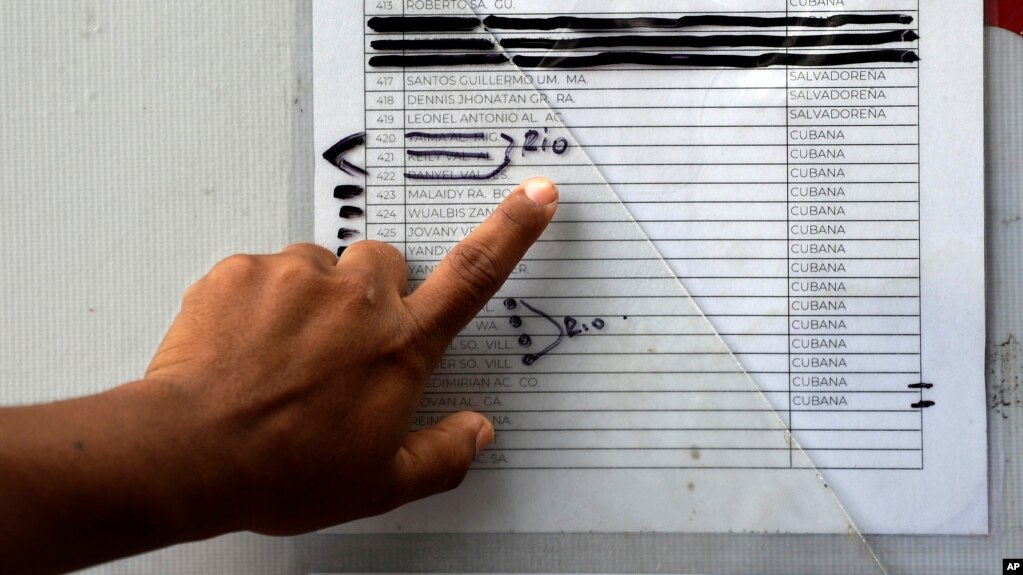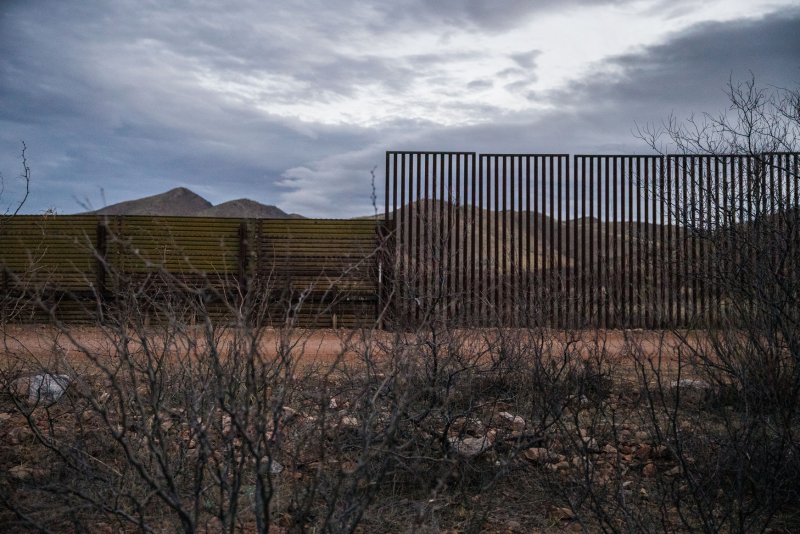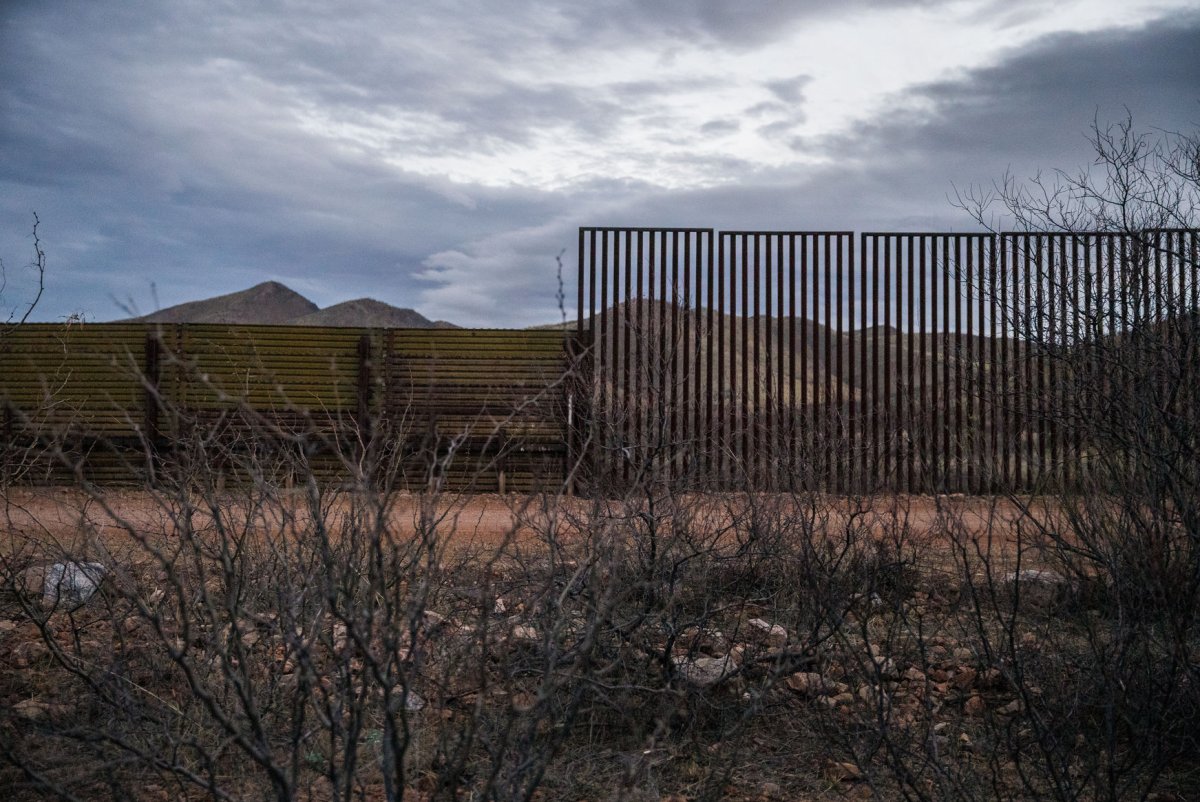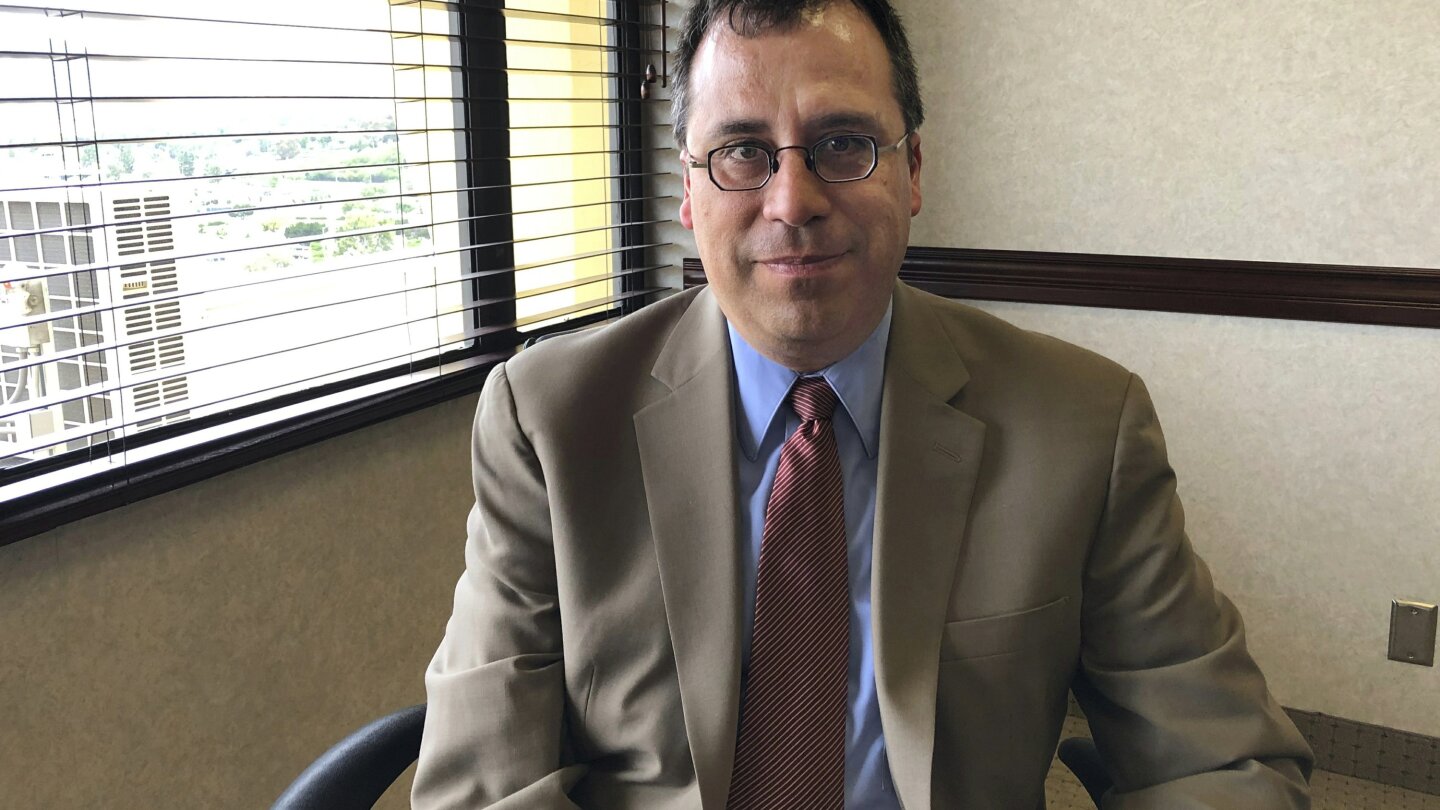America's farmworkers are aging, not being replaced
By Jessie Higgins
MAY 8, 2019

The average age of America's hired farm laborers was just under 42 in 2017, up from 36 in 2006. Photo courtesy of the U.S. Department of Agriculture
EVANSVILLE, Ind., May 8 (UPI) -- The average age of America's hired farm laborers is steadily increasing, threatening the future of the nation's farming industry, according to a new report from the U.S. Department of Agriculture.
The reason is the foreign-born workers, who comprise more than half the workforce, are getting older. At least half those workers are unauthorized. And because the United States is cracking down on illegal immigration, younger immigrants are not arriving to replace them.
Between 2007 and 2016, the estimated number of unauthorized immigrants from Mexico dropped about 22 percent, according to the Pew Research Center. During roughly that same time period, the average age of migrant and immigrant farmworkers in the United States rose from just under 36 in 2006 to nearly 42 in 2017, according to the report, released last week by the USDA Economic Research Service.
"This is a pretty big concern," said Michael Langemeier, an agricultural economics professor at Purdue University. "If that group is aging, farmers are going to have more problems finding workers. Their bottom lines will be under pressure."
The issue mainly impacts fruit and vegetable growers and dairy farmers -- operations that require human labor to pick ripe produce and milk cows. Commodity crop growers require far fewer hands, as they can use machines to plant, tend and harvest their crops.
National farming organizations like the American Farm Bureau Federation warn that unless something is done to address the impending labor shortage, produce and dairy farms across the country will struggle to stay in business. As these farms cease operating, the United States instead will import produce, mostly from Mexico and other Latin American countries.
"We can import workers, or we can import food," said Will Rodger, a Farm Bureau spokesman. "It's really that simple."
But addressing the labor shortage is no simple matter.
It used to be that a substantial number of farm laborers were American citizens. Farmers who needed more hands could count on migrant workers from Mexico who arrived unprompted to fill the remaining positions.
That no longer is the case. Besides losing many migrant workers to tighter border security, farmers say it is nearly impossible to find Americans willing to take the jobs.
"There used to be a bigger local force to pull from," said Michael Hirakata, the co-owner of Hirakata Farms in Colorado, which produces melons. "It's hard to find labor now."
One of the reasons, farm groups say, is many Americans are no longer interested in the hot, backbreaking work of harvesting.
The only option farmers have to fill the void is the migrant visa program, H-2A. That program enables the farmers to apply (and pay) for a certain number of visas to bring in workers from Mexico and other Latin American countries each year.
But the program does not offer enough visas to fill the demand for workers, the Farm Bureau has said. And it has other issues. The paperwork is slow, and sometimes delayed to the point that farmers are unable to harvest their crops on time -- leaving produce rotting in the fields.
What's more, only seasonal crops are eligible, leaving dairy farms unable to legally import migrant workers.
The farm bureau and other farming groups support an overhaul of the H-2A program that would make the visas more flexible and easier to obtain. They also want such legislation to include a way for their current undocumented workers to obtain legal status.
A bill that would address the latter (H.R. 641, the Agricultural Worker Program Act of 2019) was introduced in the House in January. It was referred to the subcommittee on immigration and citizenship March 4.

 www.upi.com
www.upi.com
By Jessie Higgins
MAY 8, 2019

The average age of America's hired farm laborers was just under 42 in 2017, up from 36 in 2006. Photo courtesy of the U.S. Department of Agriculture
EVANSVILLE, Ind., May 8 (UPI) -- The average age of America's hired farm laborers is steadily increasing, threatening the future of the nation's farming industry, according to a new report from the U.S. Department of Agriculture.
The reason is the foreign-born workers, who comprise more than half the workforce, are getting older. At least half those workers are unauthorized. And because the United States is cracking down on illegal immigration, younger immigrants are not arriving to replace them.
Between 2007 and 2016, the estimated number of unauthorized immigrants from Mexico dropped about 22 percent, according to the Pew Research Center. During roughly that same time period, the average age of migrant and immigrant farmworkers in the United States rose from just under 36 in 2006 to nearly 42 in 2017, according to the report, released last week by the USDA Economic Research Service.
"This is a pretty big concern," said Michael Langemeier, an agricultural economics professor at Purdue University. "If that group is aging, farmers are going to have more problems finding workers. Their bottom lines will be under pressure."
The issue mainly impacts fruit and vegetable growers and dairy farmers -- operations that require human labor to pick ripe produce and milk cows. Commodity crop growers require far fewer hands, as they can use machines to plant, tend and harvest their crops.
National farming organizations like the American Farm Bureau Federation warn that unless something is done to address the impending labor shortage, produce and dairy farms across the country will struggle to stay in business. As these farms cease operating, the United States instead will import produce, mostly from Mexico and other Latin American countries.
"We can import workers, or we can import food," said Will Rodger, a Farm Bureau spokesman. "It's really that simple."
But addressing the labor shortage is no simple matter.
It used to be that a substantial number of farm laborers were American citizens. Farmers who needed more hands could count on migrant workers from Mexico who arrived unprompted to fill the remaining positions.
That no longer is the case. Besides losing many migrant workers to tighter border security, farmers say it is nearly impossible to find Americans willing to take the jobs.
"There used to be a bigger local force to pull from," said Michael Hirakata, the co-owner of Hirakata Farms in Colorado, which produces melons. "It's hard to find labor now."
One of the reasons, farm groups say, is many Americans are no longer interested in the hot, backbreaking work of harvesting.
The only option farmers have to fill the void is the migrant visa program, H-2A. That program enables the farmers to apply (and pay) for a certain number of visas to bring in workers from Mexico and other Latin American countries each year.
But the program does not offer enough visas to fill the demand for workers, the Farm Bureau has said. And it has other issues. The paperwork is slow, and sometimes delayed to the point that farmers are unable to harvest their crops on time -- leaving produce rotting in the fields.
What's more, only seasonal crops are eligible, leaving dairy farms unable to legally import migrant workers.
The farm bureau and other farming groups support an overhaul of the H-2A program that would make the visas more flexible and easier to obtain. They also want such legislation to include a way for their current undocumented workers to obtain legal status.
A bill that would address the latter (H.R. 641, the Agricultural Worker Program Act of 2019) was introduced in the House in January. It was referred to the subcommittee on immigration and citizenship March 4.

America's farmworkers are aging, not being replaced - UPI.com
The average age of America's hired farm laborers is steadily increasing, threatening the future of the nation's farming industry, according to a new report from the U.S. Department of Agriculture.















